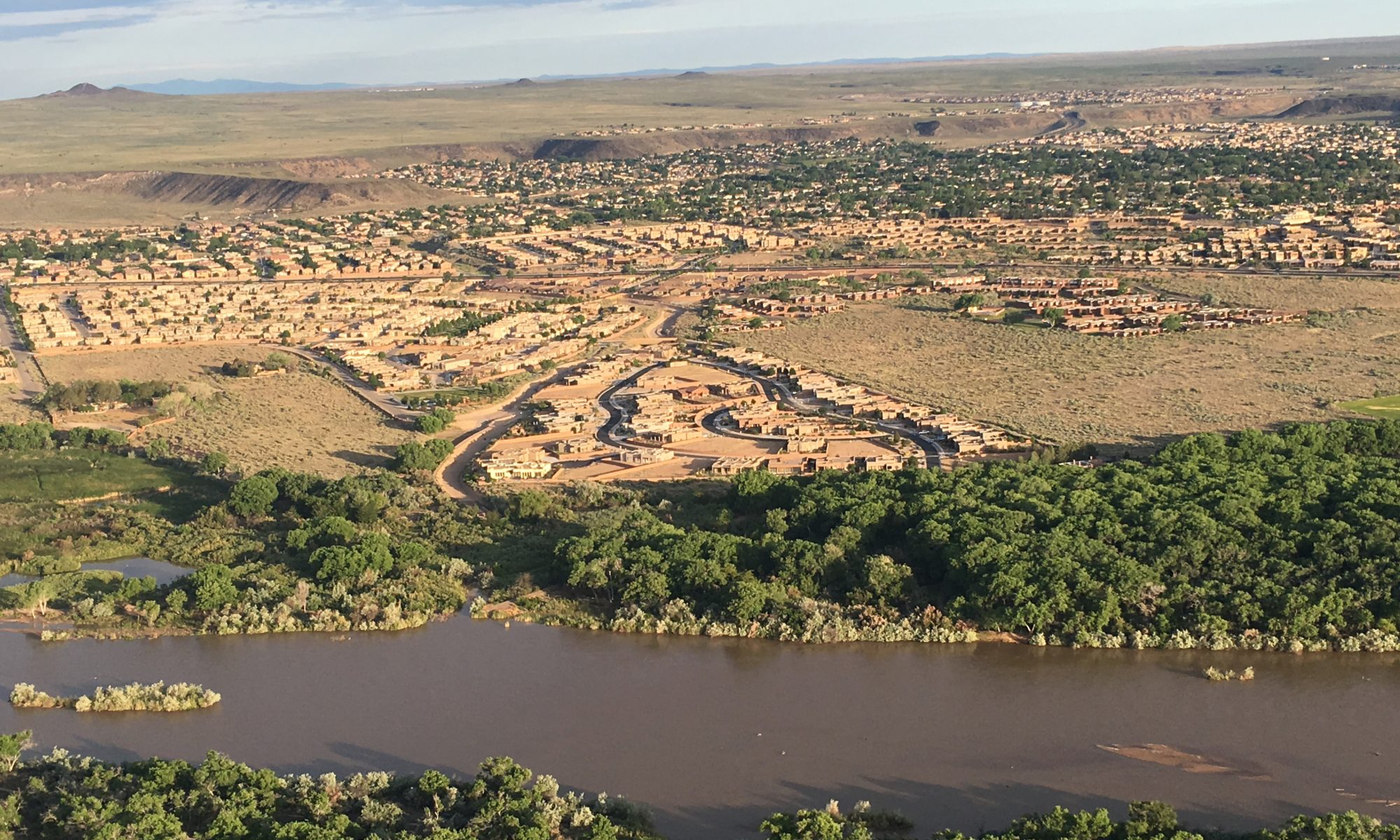Climate Change New Mexico recognizes outstanding student projects in grades 6-12 related to climate change at the six regional Science Fairs as well the state-wide New Mexico Science and Engineering Fair.
2022 New Mexico Science & Engineering Fair, NM Tech
Elijah Griego and Jacob Trappett, V. Sue Cleveland High School, Testing a Recirculating Shower System to Minimize Water Waste
Charlie Groves, Jefferson Middle School, Wildfires and Dry Lightning: Static Charge Created by Smoke/Airborne Ash
2022 Regional Science & Engineering Fairs
C. Chavez and M. Kerr, V. Sue Cleveland High School, Testing Flood Management
A. Enjady, Mescalero Apache School, Air Quality Warning System
L. Gilser, Academy for Technology and the Classics, Effect on Increased Temperature on Germination in Radish
Harry Lee III, Milan Elementary, Medicago Sativa
O. McMinn, Hermosa Middle School, Filtration Station 3.0
Margaret Mitchell, Taos Academy, Plant Zombie Prevention
Alexia Munson, Grants High School, Biodigestion: Turning Nothing into Something
Holland Null, Holland Null, Hózhó Academy, No Planet B
H. Redhouse, Navajo Preparatory School, Spectacular Solar Oven
D. Starepravo, N. M. Pham, and W. Rosser, New Mexico Military Institute, Utilizing Cow Dung and Volcanic Ash to Manufacture Eco-Friendly Building Materials
A. Vallejos, Bosque Farms Elementary School, Solar Powered Microwave
2021 New Mexico Science & Engineering Fair, NM Tech
E. Juarez, Rio Rancho, Using Machine Learning to Combat Air Pollution by Forecasting Tropospheric Ozone Levels
A. Viswanathan, Barranca Mesa Elementary, Modeling How Climate Change Affects Polar Ice Caps
2021 Regional Science & Engineering Fairs
B. Dominguez, Albuquerque Academy, Where is the Water?
K. Ebey, Los Alamos High School, Climate Change on Crocodilians: Modeling the Effects of Phenological Shifts
A. Enjady, Mescalero Apache High School, Best Method for Hydroponic Growing
S. Shaver, Rio Rancho High School, A Novel Method for Treatment of Greywater Using Recycled or Natural Materials
A. Viswanathan, Barranca Mesa Elementary, Modeling How Climate Change Affects Polar Ice Caps
H. Wang, Centennial High School, Produced water treatment and reuse to mitigate the environmental impact of oil and gas production
New Mexico Science and Engineering Fair in Socorro
2020, canceled due to Pandemic
2020 Regional Science & Engineering Fairs
Note: Several Fairs canceled due to Pandemic
R. Helmer, Jefferson Montessori Academy, Engineering a Desiccant-Driven (CaCl₂) Self-Contained Solar Distillation System to Collect Drinking Water from the Atmosphere
N. Henry, Navajo Preparatory, How Various Metals Make Stronger Batteries
D. J. Rose, Salty Southeast
I. Shorty, Tsé Bit A’í Middle School, Soil Erosion
A. Ward, Heights Middle School, Our CO2 Problem
2019 New Mexico Science & Engineering Fair, NM Tech
R. Helmer, Jefferson Montessori Academy, Using Calcium Chloride to Source Drinking Water in Arid Climates: H20 Absorption and CaCl2 Regeneration Rates in Relation to Desiccant Surface Area
Y. Kim, Los Alamos Middle School, Global Warming and Your Health
2019 Regional Science & Engineering Fairs
S. Dagel, Carlsbad Intermediate School, Voltage Vs. Temperatures
C. Djidjer, Los Alamos High School, Ice vs Water: Estimating Ice Shelf Melt Rates
E. Gallegos, To Plug or not to Plug
G. Gurule, Albuquerque Institute of Math & Science, Vertical Axis Wind Turbine Blades with Solar Panels to Generate Electricity
R. Helmer, Jefferson Montessori Academy, Using Calcium Chloride to Source Drinking Water in Arid Climates: H20 Absorption and CaCl2 Regeneration Rates in Relation to Desiccant Surface Area
A. Hushman, San Antonito Elementary School, Sea Level: Why Does It Change?
A. Jacquez, Ash’s Effect on Aquatic Habitat
S. Jones, Shine Bright Like Bleach
Y. Kim, Los Alamos Middle School, Global Warming and Your Health
A. Landshoot, Thermoelectric Cooler in Reverse
C. McDaniel, Can it be a Solar Panel? Phase II
R. Pena, Grants High School, Radioactive: Comparison of Thorium to Uranium as Energy Source
B. Schultz, Albuquerque Institute of Math & Science, Will Global Warming Kill our Rio Grande
T. Yazzie, Azolla: The Super Plant
2018 New Mexico Science & Engineering Fair, NM Tech
J. Espindola, Powered by Wind Phase 2
L. Petersen, Lost Alamos High School, Predicting Food Shortages in Africa from Satellite Imagery
2018 Regional Science & Engineering Fairs
S. Antonio, Navajo Preparatory School, Methane Exposure: Mimicking Aquatic Global Warming
T. Braga, Albuquerque Institute of Math and Science, Which shape is the most resistant to weather forces?
A. Campos and M. Reyes, Alta Vista Early College High School, Lint: A New Way to Conserve Water
R. Evans and J. Jarry, Sierra Middle School, The Angel Suit
S. Multari, St. Pius X School, Can seaweed save the coral? Part V
Solar Water Farming: Using Desiccants to Explore New Water Opportunities in Arid Climate
The Difference in Conductivity Between Graphite and Copper
Are We Killing Our Plants?
2017 New Mexico Science & Engineering Fair, NM Tech
K. L. Sevostianov, Sierra Middle School, Can Ryegrass be grown without Fresh Water?
N. L. Tallas, Navajo Preparatory School, Thin-Panel, Cylinder-Arrayed, Solar Water Heater
2017 Regional Science & Engineering Fairs
A. Abeyta, Los Alamos High School, Pharmaceutical Effects on Local Watersheds
K. Baca, Alice King Charter School
K. Chester, Carlsbad, Carbon ‘Hoofprint’ of Commercial Dairies
J. Kwiecinski, Albuquerque Institute of Math and Science
S. Riley, Laguna Middle School, Our School’s Ecological Footprint
C. Simpson, Getting the Dirt on Diversity
H. Stockman and S. Swope, Deming High School, Mirror, Mirror
Global Conveyor Belt

